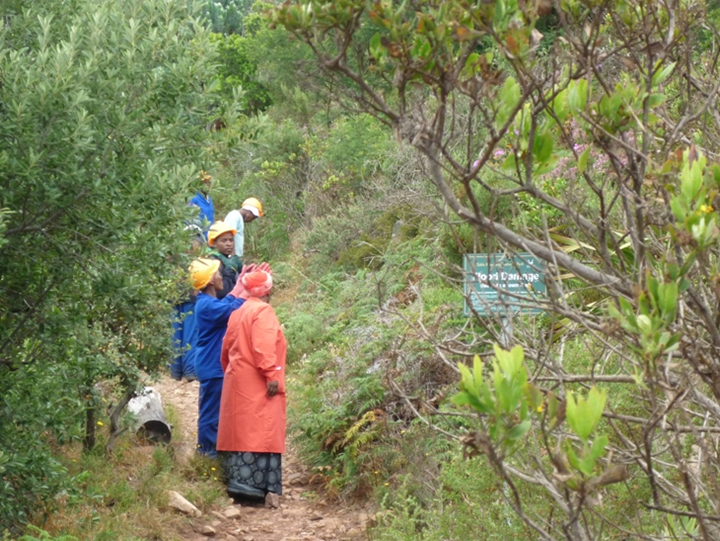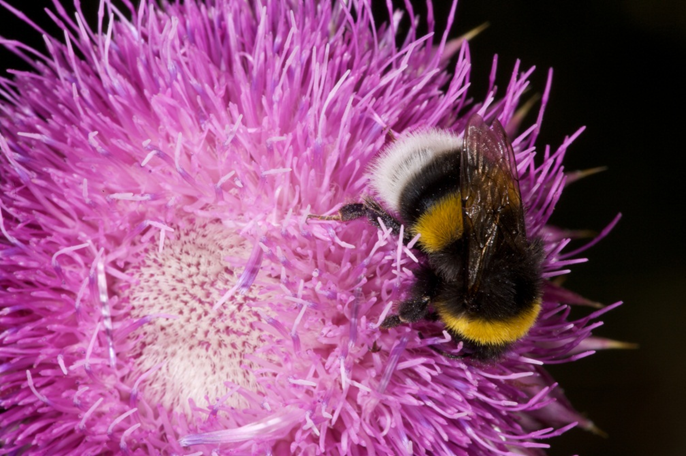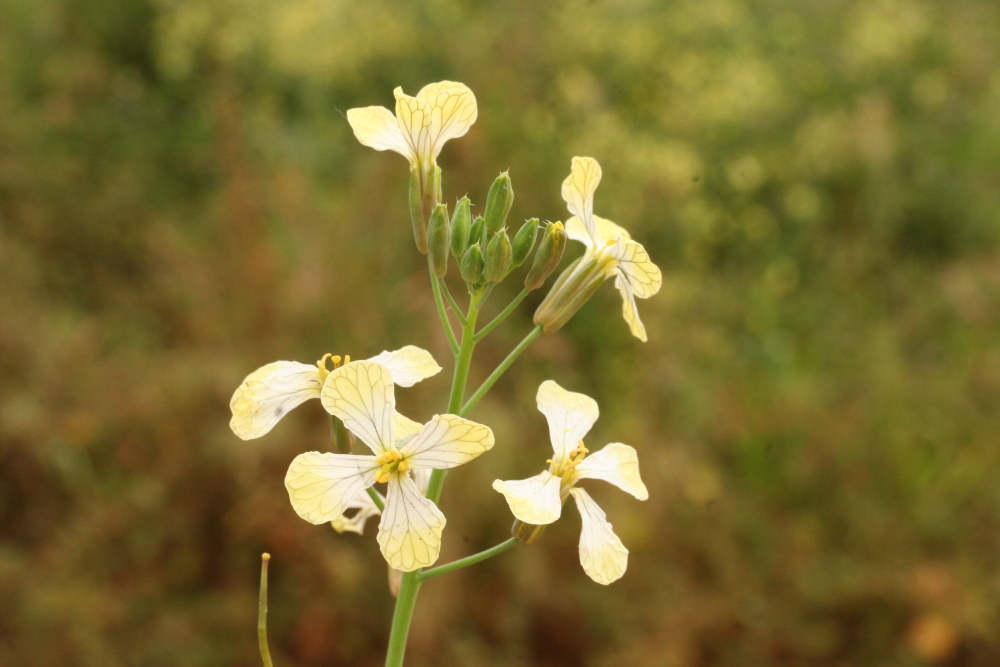Stopping the next wave of biological invasions
South Africa is world renowned as a leader in the science and management of biological invasions, but has been lagging behind in one key area—eradication. As of 2010 South Africa had ~8750 introduced plant taxa, 660 recorded as naturalised, 198 included in invasive species legislation, but only 64 subjected to regular control.





